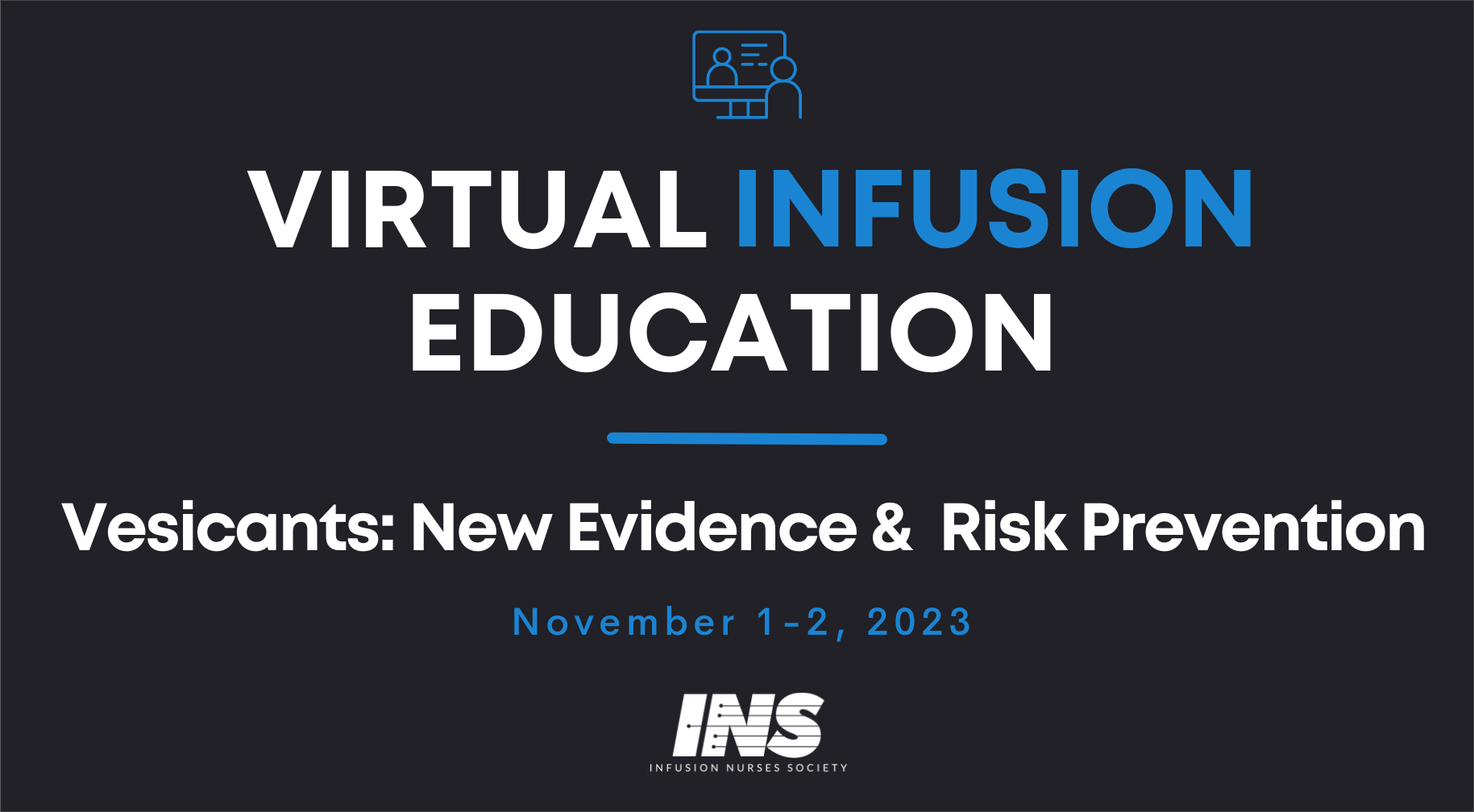
Learning Center
Extravasation: Optimizing Outcomes Through Standardized Care
Vesicant administration—and thus the risk of extravasation—occurs in most health care settings. Prevention and optimal management of extravasation injuries requires effective interprofessional collaboration and processes. This presentation will review one corporation’s journey to improve extravasation prevention, management. and outcome identification strategies through standardization of policy/procedure and vesicant list, optimizations of electronic documentation and incident reporting, and staff competency development in extravasation risk reduction and management.
Learning Objectives: At the conclusion of this session, learners will be able to:
· Identify evidence-based strategies to improve extravasation prevention and management.
· Describe benefits of interprofessional collaboration in extravasation care.
· Identify strategies to develop extravasation related competencies.
Barb Nickel, APRN-CNS, CCRN, CRNI®
Barb Nickel, APRN-CNS, CCRN, CRNI®, is a Clinical Nurse Specialist at a large health care system in the United States, responsible for staff development and process improvement to optimize outcomes in multiple areas of clinical practice, including critical care, infusion therapy, sepsis, and new graduate transition to practice. Ms Nickel has presented nationally and published in several peer-reviewed journals on infusion-related topics. She was the Chair of the 2024 INS Infusion Therapy Standards of Practice (SOP)Committee, and is now Chair of the 2027 INS SOP Committee. She also serves as Adjunct Research Fellow for Griffith University, Queensland, Australia.
